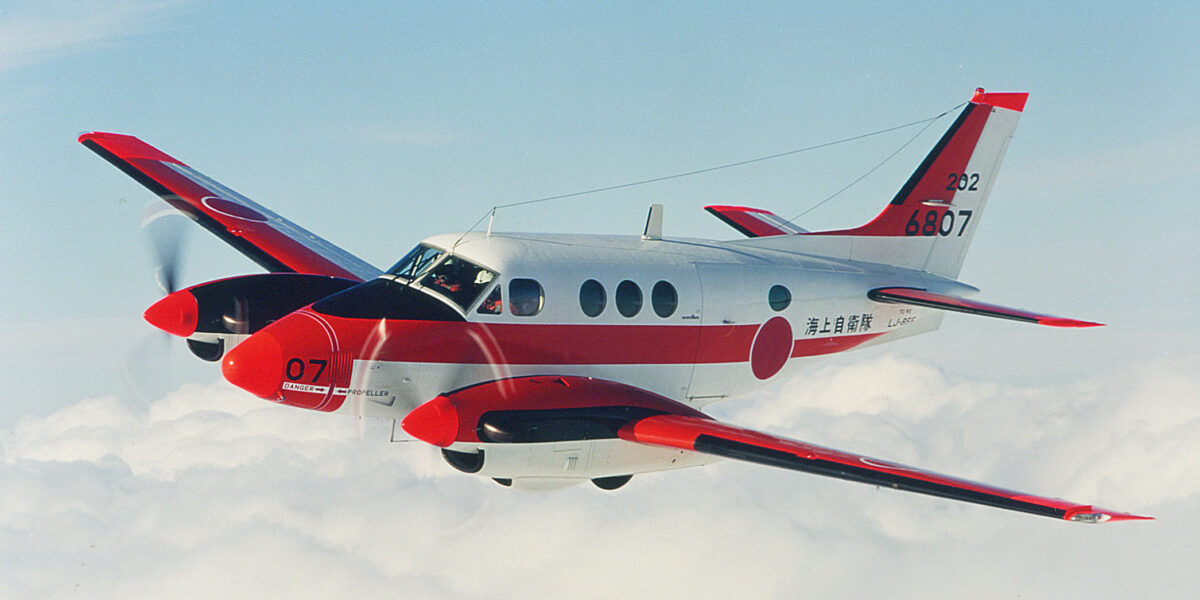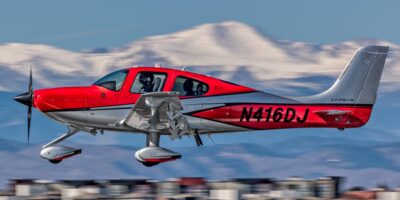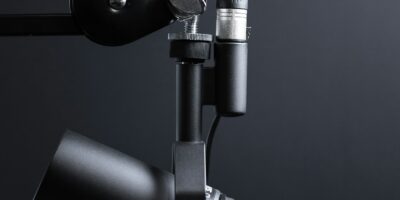The twin turboprop market offers two dominant choices: the Beechcraft King Air 350 and Pilatus PC-12. Both serve corporate flight departments, air ambulance operations, and charter companies worldwide. The King Air brings twin-engine redundancy and proven heritage, while the PC-12 offers single-engine simplicity and superior efficiency. Choosing between them depends on mission profiles, operating costs, and risk tolerance.
Quick Answer: The King Air 350 seats 9-11 passengers with two PT6A-60A engines producing 1,050 shp each, cruising at 310 knots over 1,500 nautical miles. The PC-12 NG carries 6-8 passengers with one PT6A-67P engine (1,200 shp), cruising at 285 knots for 1,800 miles. The King Air costs $7.5-$9 million new; the PC-12 runs $4.5-$5.5 million. Operating costs: King Air $1,800-$2,200/hour vs PC-12 $850-$1,100/hour.
Performance and Speed Comparison
The King Air 350 cruises at 310 knots true airspeed at FL280-FL350. Maximum range reaches 1,500 nautical miles with reserves. The aircraft climbs to FL350 in 25 minutes with typical loads. Service ceiling is 35,000 feet. Takeoff distance requires 3,300 feet, landing needs 2,692 feet. The twin engines provide 2,100 total shaft horsepower.
The PC-12 NG cruises at 285 knots at FL280, about 25 knots slower than the King Air. Maximum range extends to 1,800 nautical miles thanks to superior fuel efficiency. Initial climb rate exceeds 1,900 feet per minute—faster than the King Air. Service ceiling reaches 30,000 feet. Takeoff distance is 2,485 feet, landing requires 2,270 feet. The single engine produces 1,200 shaft horsepower driving a five-blade propeller.
Cabin Space and Passenger Comfort
The King Air 350’s cabin measures 19.5 feet long, 4.5 feet wide, and 4.8 feet tall. Typical configurations seat 8-9 passengers in executive layouts. High-density seating accommodates 11 passengers. The flat floor and stand-up cabin appeal to passengers on longer flights. Baggage capacity reaches 65 cubic feet with external storage. The environmental system maintains sea-level pressure up to 10,000 feet.
The PC-12 NG cabin is 17 feet long, 5 feet wide, and 4.75 feet tall—slightly wider but shorter than the King Air. Standard seating is 6-8 passengers with executive interiors. The flat floor allows easy movement. Baggage space totals 40 cubic feet internally plus external compartments. The cabin altitude remains at 8,000 feet when flying at 30,000 feet. Large cargo door enables medevac and cargo configurations quickly.
Safety and Redundancy Considerations
The King Air’s twin engines provide redundancy—engine failure allows continued flight to a suitable airport. Single-engine service ceiling exceeds 20,000 feet. Pilots train extensively for engine-out procedures. The aircraft meets Part 23 twin-engine certification standards. Historically, the King Air has an excellent safety record when properly operated and maintained.
The PC-12’s single engine eliminates engine-out training requirements but removes redundancy. Engine failures require immediate emergency landings. However, the PT6 turbine engine has proven exceptionally reliable with in-flight shutdown rates below 1 per 100,000 hours. Most PC-12 engine events result from fuel system issues, not engine mechanical failures. The single-engine simplicity reduces maintenance complexity and cost substantially.
Operating Cost Analysis
The King Air 350 burns approximately 120 gallons per hour total fuel flow in cruise. At $6 per gallon Jet A, fuel costs run $720 per hour. Adding maintenance, engine reserves, insurance, and crew costs brings total operating expenses to $1,800-$2,200 per hour. Annual inspections cost $40,000-$60,000. The dual engines double maintenance costs compared to singles.
The PC-12 consumes 65-70 gallons per hour in cruise—nearly half the King Air’s fuel burn. Fuel costs are $390-$420 per hour. Total operating costs run $850-$1,100 per hour including all expenses. Annual inspections cost $20,000-$30,000. The single engine halves engine reserve costs. Over 500 annual flight hours, the PC-12 saves $500,000+ yearly versus the King Air.
Operational Flexibility
The King Air requires paved runways for reliable operations. Minimum runway length is approximately 3,500 feet for safe operations with reserves. The aircraft handles well in crosswinds up to 25 knots. Ground service requires access to Jet A fuel and appropriate maintenance facilities. Two pilots are recommended for IFR operations though single-pilot certification exists for VFR.
The PC-12 operates from unimproved strips including gravel and grass runways. The robust landing gear tolerates rough surfaces. Takeoff performance allows operations from 2,500-foot strips at sea level. The rugged design serves remote areas without infrastructure. Single-pilot IFR operations are standard with proper training. The PC-12 accesses 1,500+ more airports than jets due to short-field capability.
Mission Suitability
The King Air excels at high-speed transport of larger groups over 500-1,200 mile routes. Corporate flight departments value the passenger capacity and twin-engine security. Air ambulance operators appreciate the spacious cabin for medical equipment. Part 135 charter operations benefit from the larger passenger count increasing revenue potential. International operations favor twins for overwater redundancy.
The PC-12 serves perfectly for 4-6 passenger missions prioritizing efficiency. Owner-operators appreciate single-pilot capability and lower costs. Remote operations benefit from rough-field capability. Cargo operators value the large cargo door and flexible interior. Flying doctors and humanitarian missions exploit the aircraft’s go-anywhere capability. The PC-12’s fuel efficiency makes short, frequent trips economical.
Resale Value and Market Demand
King Air 350s hold value well due to strong corporate demand. Ten-year-old models retain 50-60% of original value. The large fleet ensures parts availability and mechanic familiarity worldwide. Financing is readily available through specialized lenders. Insurance premiums are reasonable for experienced turbine pilots with appropriate ratings.
PC-12s command premium resale values—often retaining 60-70% of value after 10 years. Demand consistently exceeds supply in the used market. The Pilatus factory support network provides global maintenance backing. Financing terms are favorable due to strong residual values. Insurance costs are competitive with twins despite the single engine. The PC-12’s reputation for reliability and efficiency keeps demand high, supporting strong resale prices.
Join the Aircraft Insider Community
Get exclusive backcountry flying tips, aircraft reviews, and Western aviation destinations delivered to your inbox.
✈️ No spam, ever. Unsubscribe anytime. Privacy respected.




Leave a Reply